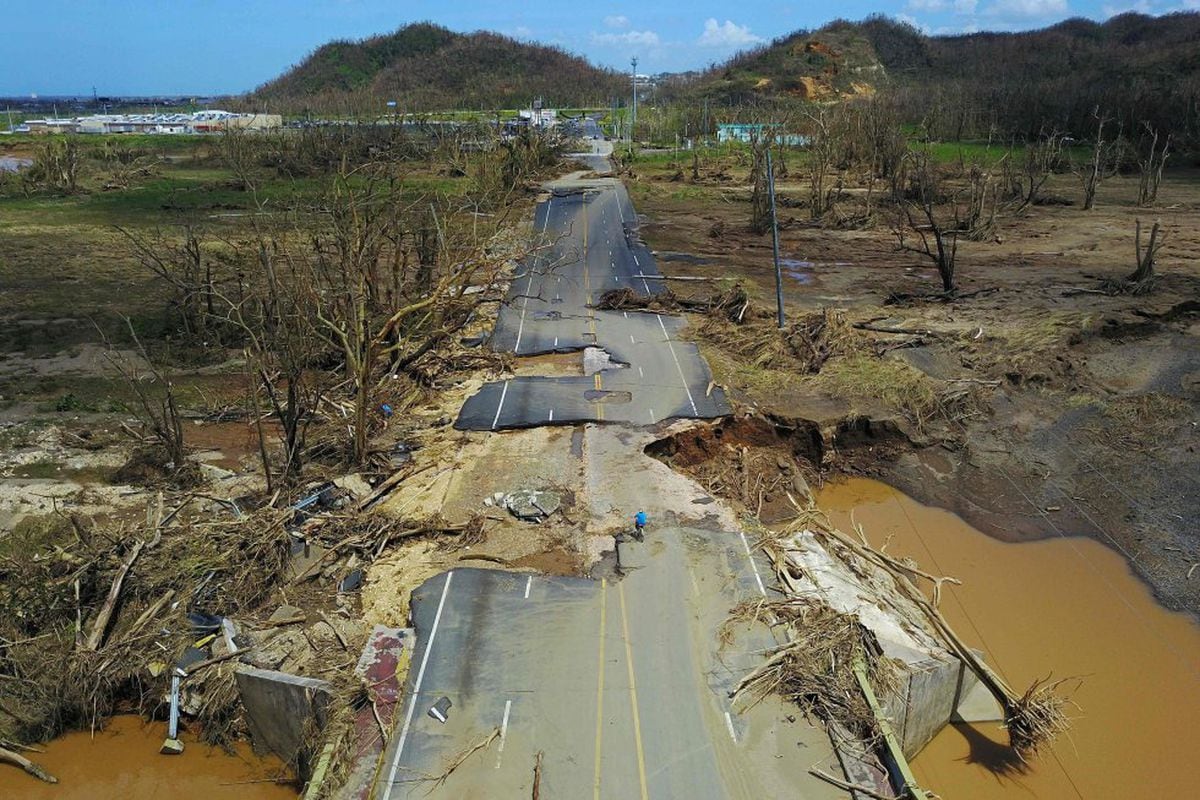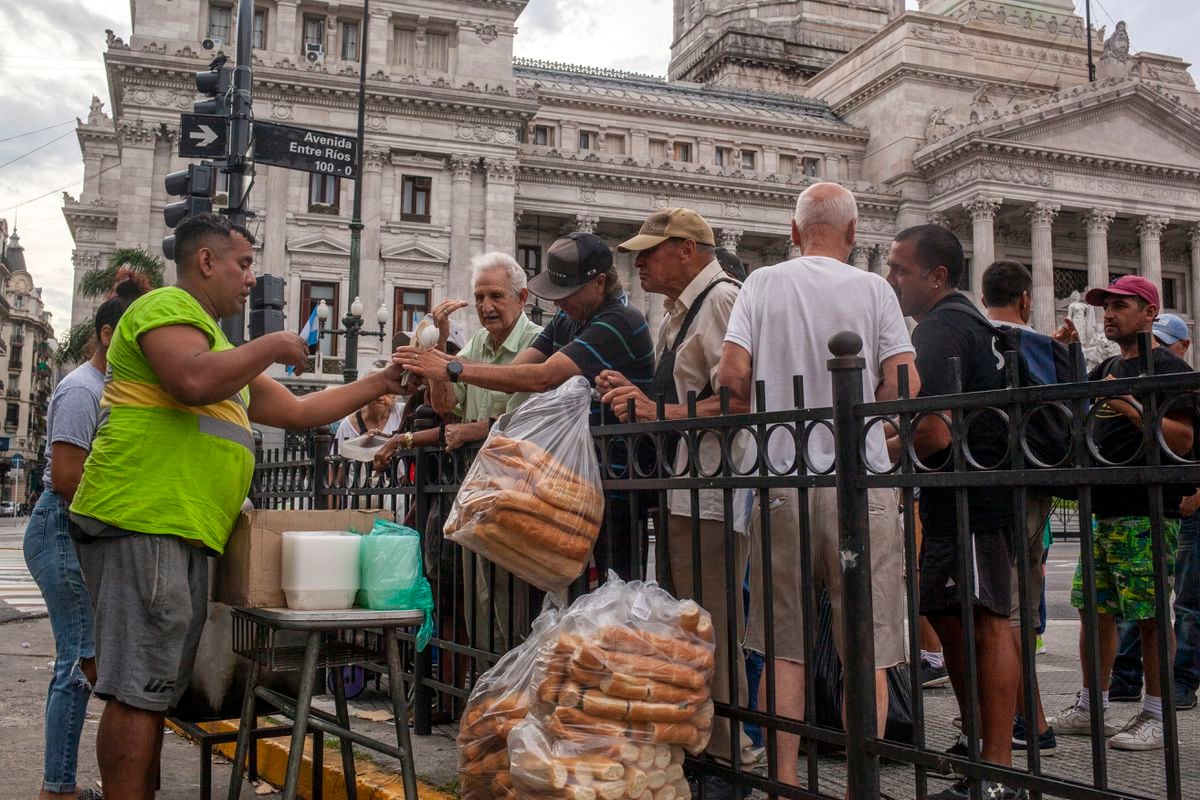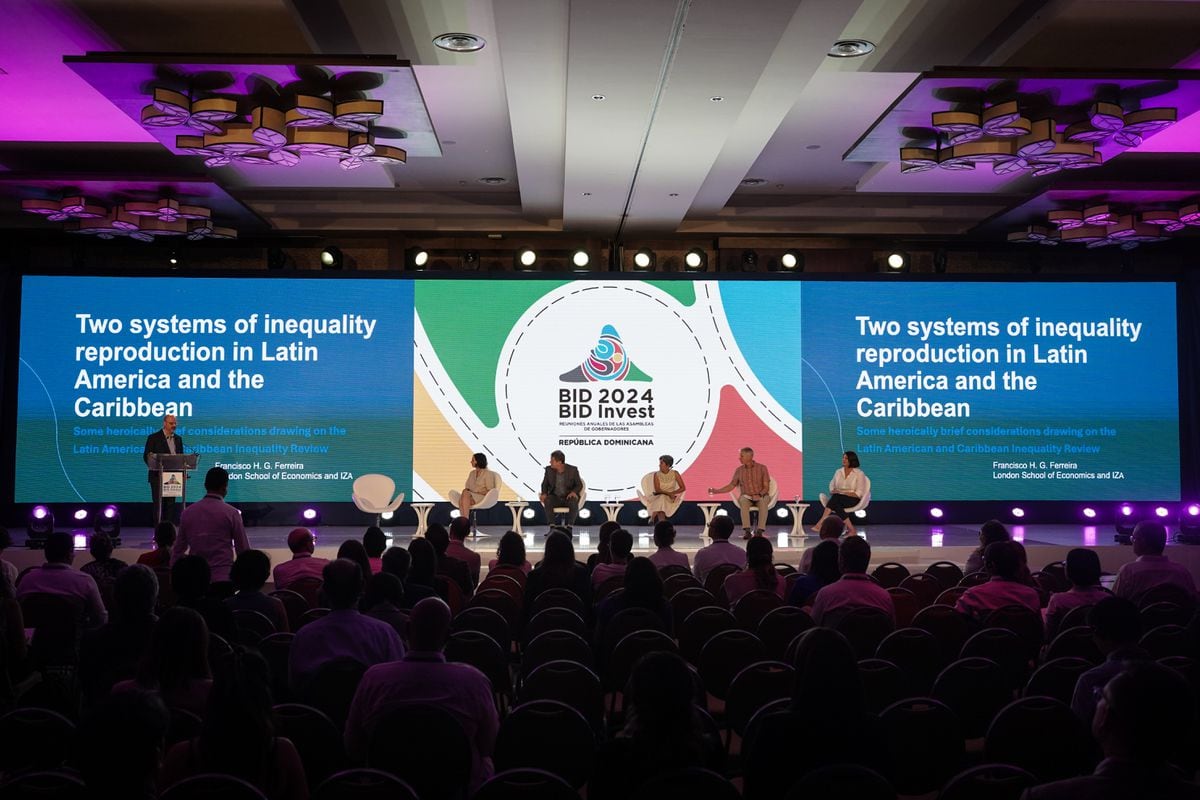EL PAÍS offers the América Futura section open for its daily and global informative contribution on sustainable development.
If you want to support our journalism, subscribe
here
.
Mami Mizutori is a woman with a difficult mission: to convince countries to invest in something that, when it works, cannot be seen: the prevention of disasters such as earthquakes, hurricanes, droughts or landslides.
"If you invest a dollar in prevention, you can save from 7 to 17 dollars in its repercussions," explained the special representative of the United Nations Secretary General for Disaster Risk Reduction (UNDRR) in a recent interview in the Uruguayan city of Punta from the east.
“Regarding infrastructure, for every dollar you spend on prevention, you can save up to four dollars in the life of an infrastructure,” says the Japanese woman.
The need to invest in prevention is especially urgent in Latin America and the Caribbean, the region of the world most economically affected by these events, especially those related to climate, such as floods.
According to UNDRR data, between 1997 and 2017, one in four recorded disasters in the world occurred here.
But countries continue to hold off on investment.
"The prevention budget is not enough," Mizutori repeated over and over again in Punta del Este, where the VIII Regional Platform for Disaster Risk Reduction organized by the UN was held this month.
In it, more than 1,000 people —government representatives,
“There are many countries that have a national plan for prevention, but when we look at the issue of this platform on how to use science and technology to find solutions, unfortunately in this region the investment is quite low.
When there are not many resources invested in scientific research, it is more difficult to come up with solutions”, points out the head of UNDRR, who acknowledges that it is a global problem, as seen recently with the earthquake in Turkey and Syria, which left close of 40,000 deaths, in addition to millions in economic losses, although the final figure is still unknown.
“The level of funding that is needed is huge, trillions of dollars, but if we could have invested a little more in prevention, the recovery cost wouldn't be as much,” she says.
How much does the region lose from disasters?
While the success of investing in prevention is invisible, failure is very costly.
The wound that disasters inflict on economies can be devastating and also affect the development indicators of countries, as demonstrated by the covid-19 pandemic, which in this region had an impact, among other things, on the increase in labor informality or decline in education systems.
Calculating how much disasters cost Latin America and the Caribbean is complicated by the lack of systematized data by country.
But if a simple rule of three is made with the information available to UNDRR, a figure that is difficult to imagine for most mortals can be reached: more than 125,000 million dollars of losses per year.
This taking into account that this body calculates that, globally,
The head of UNDRR Mami Mizutori greets government representatives during the celebration of the regional platform for disaster risk prevention in Punta del Este. MARIANA GREIF (UNDRR)
But disasters do not hit all countries equally, as Alonso Brenes from Costa Rica, coordinator of the Network of Social Studies on Disaster Prevention in Latin America (LA RED), warns.
“Depending on the size of the economy, this way you have the capacity to impact, to replace, to secure strategic infrastructure portfolios....”, he told América Futura in an interview in Punta del Este.
In this sense, it indicates that, for large economies such as Mexico, Brazil or Chile, the impact of a disaster at the macroeconomic level may be less "although it has very significant implications in local terms" in the affected areas.
And to exemplify it, he gives the case of Hurricane Katrina that hit the southern United States in 2005. "With all the tragedy and drama that it was, growth at the macroeconomic level was not even ruffled" in the United States,
points.
“Much smaller hurricanes have had catastrophic effects on small island states in the Caribbean or the case of Mitch in Central America” in 1998.
Brenes acknowledges that, since the 1990s, Latin America and the Caribbean have managed to considerably reduce the number of deaths from disasters thanks to early warning systems and prevention, but the region still has a pending task to reduce economic losses, something that he attributes to the unequal environment and the low levels of public investment in the countries.
In this sense, he advocates the need for a cultural change that leads to reducing the drivers of risk: the degradation of ecosystems, poverty and exclusion, and institutional fragility.
Investing in science and technology is key
Precisely one of the achievements of the UNDRR platform held in Punta del Este this month was the commitment by 31 countries of the Americas and the Caribbean to implement the Early Warnings for All initiative, which was launched in the Caribbean in last February and which seeks that the entire world population be covered by this system in 2027. In addition, in the ministerial declaration, the nations propose to promote the use of "scientifically based tools and innovative technologies, interrelated with ancestral and traditional knowledge and practices" .
"There is enough evidence and enough access to technology to know what the big trends may be in terms of risk and potential impacts," says the coordinator of LA RED.
"At the level of refining and calibrating public policies, there are many information gaps that still need to be filled."
Among the region's achievements in terms of prevention, Brenes points to the collective insurance strategy of the Caribbean or initiatives that use access to data to help the population make informed decisions such as the Central America Climate Forum, of the Central American Integration System (SICA), in which meteorologists and hydrologists analyze the impact of climate phenomena and make recommendations to minimize risks in sectors such as agriculture, fishing or health, among others.
"As long as a baseline of investment in data is maintained and as long as there are promoters and digesters of that data for more specific audiences, I think that this is the right path," says Brenes.
“I think that in Central America and the Andean countries there are examples.
And I am sure that, in all the countries, through the university system, through the organizations, the cooperation agencies, projects are carried out that need an amplifier because the results are very good”.



/cloudfront-eu-central-1.images.arcpublishing.com/prisa/EMYXC3EVHNEG3OJHGIQCB2IVYA.jpg)

/cloudfront-eu-central-1.images.arcpublishing.com/prisa/IOQ5LVJEOFAEZHGFMYWVXLFURI.jpg)



/cloudfront-eu-central-1.images.arcpublishing.com/prisa/2C5HI6YHNFHDLJSBNWHOIAS2AE.jpeg)